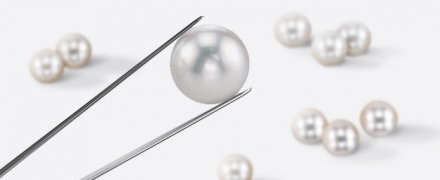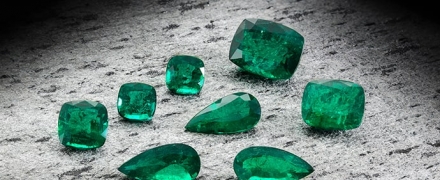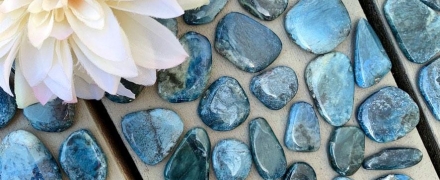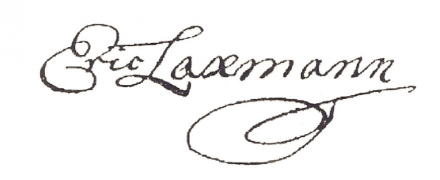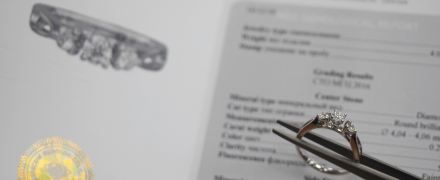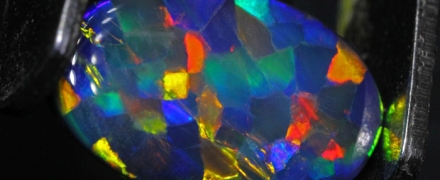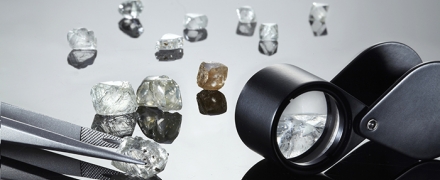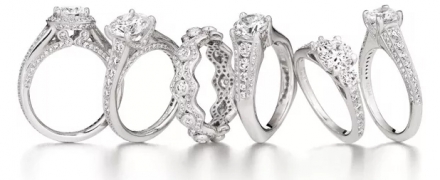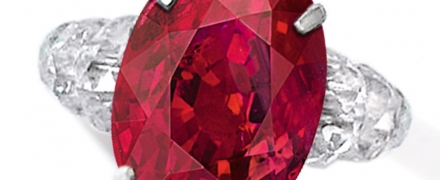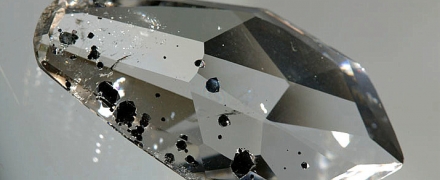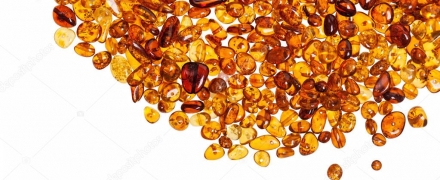open 10 am - 7 pm
laboratory is closed
Chalcedony color palette
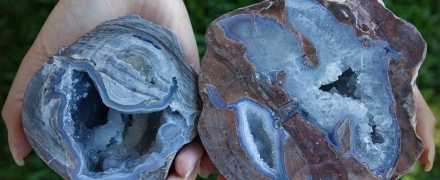
Usually chalcedony is most often found in the form of an unattractive dull gray or almost colorless variety, however, there are also colored chalcedony, which is an attractive material for making jewelry. First of all, one recalls antique bowls carved from patterned carnelian and carnelian agates. But there are even rarer varieties of chalcedony used in jewelry - these are chalcedony with purple "amethyst", blue-blue "sapphirine" and pink-red colors, as well as with a combination of blue and red colors. Such stones are rarely found in nature and often their color is the result of human intervention. Among the colored chalcedony, the most famous is "damsonite" - chalcedony with a pronounced amethyst color, mined in California (USA), as well as colored agates and chalcedony of Mongolia, among which there are surprisingly beautiful polychrome varieties. In Russia, among collectors, “sapphire” agates and chalcedony from the Olskoye plateau (Magadan region) are popular, but due to their rarity, they are almost never used in jewelry practice. A beautiful pale purple to blue color is also characteristic of chalcedony of the Vodinsky sulfur deposit (Samara region), however, most of the stones are gray, and only a few stones can "boast" of pronounced purple or blue hues, which are probably caused by the admixture of bitumen and structural trace iron ... Geologically, chalcedony geodes are found in bedrock in fairly strong sedimentary rocks and their development is quite problematic, therefore, it is possible to find products made of such a stone only in isolated cases in the hands of a master who loves local colored stone. Another bright colored variety of chalcedony is "chrysoprase", it has a rich green color, which is due to the admixture of nickel compounds or, in very rare cases, chromium. Chrysoprase with a natural color is currently rarely found on the Russian market of colored stones, and most of them are artificially colored colorless chalcedony or chrysoprase with a color enhanced artificially by additional coloring. Chrysoprase has been mined in Europe since the 16th century at deposits in the Sudeten Mountains in what is now Poland, Germany and the Czech Republic. Now these deposits have been worked out. In Russia, the main source of chrysoprase in the second half of the 20th century was the Sarykulboldy deposit in Kazakhstan, which is now also used up. Chrysoprase deposits have also been developed in the United States and Brazil with varying success since the end of the 19th century. But the main source of chrysoprase in the world from the first half of the 20th century to the present is the deposits of Australia (Queensland). Among the colored chalcedony are also common "carnelian" and "sarder" - brown chalcedony with a wide range of shades of red, orange and yellow. But, despite their widespread prevalence, artificially colored samples can also be found on the market. In jewelry you can also find yellowish-green varieties of chalcedony - "plasma", but these stones are not so popular and are presented in very limited quantities.



